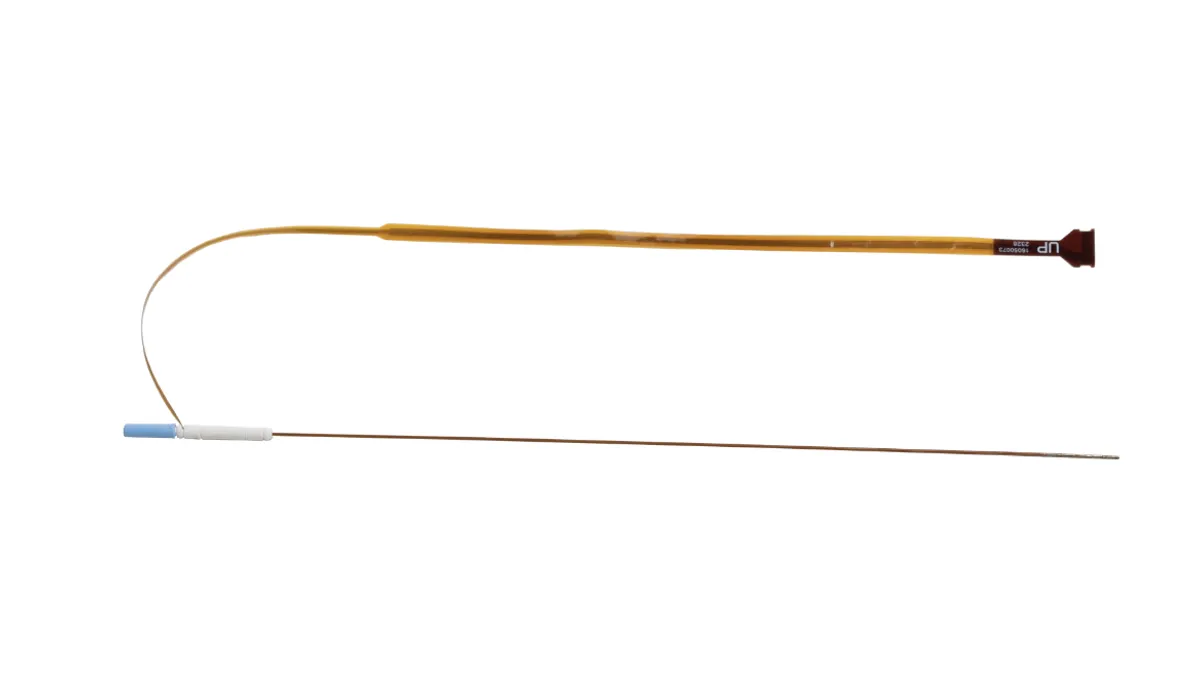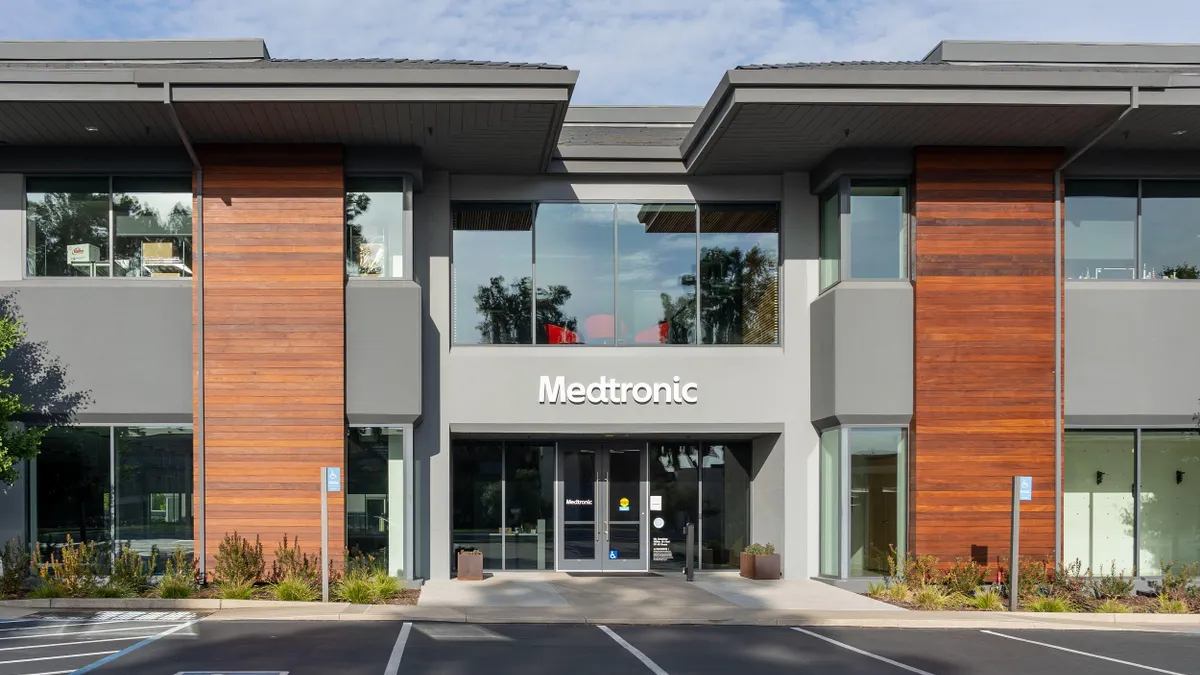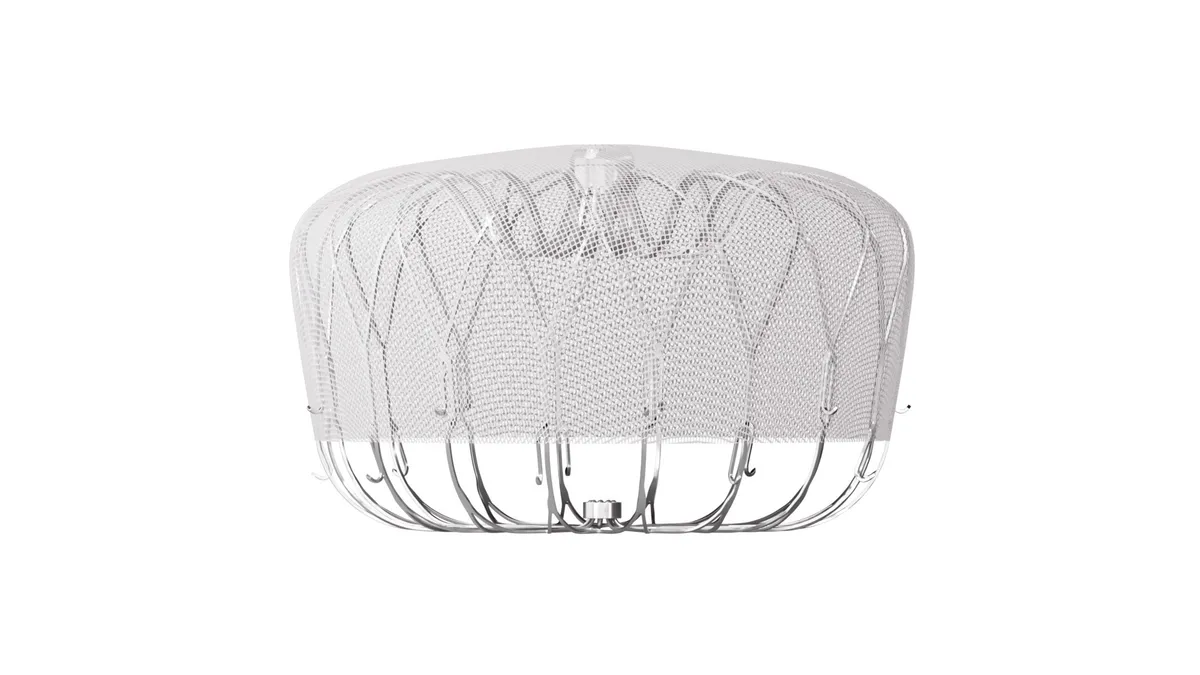Halfway into the year, medical device companies are getting more clarity about what the rest of 2025 will hold.
After a slowdown in dealmaking in the spring, acquisitions are picking back up. Medtech companies are preparing for significant launches, with Medtronic ramping up its challenge to Intuitive Surgical’s robots and Medicare broadening coverage of a device-based treatment for high blood pressure.
Meanwhile, the Food and Drug Administration, under new leader Martin Makary, is starting to outline its regulatory approach and negotiate how much it will collect in fees from the industry in the coming years.
While there are still plenty of questions ahead, such as what tariffs will look like in the fall, device firms are moving ahead with their growth plans.
Here are four developments MedTech Dive is watching in the second half of 2025:
1. M&A
Dealmaking is always a topic to watch in the medtech space as acquisitions fuel the industry.
However, the M&A environment has been uneven this year. After several big acquisitions were executed in the opening months, such as Stryker’s nearly $5 billion pick-up of Inari Medical, dealmaking then came to a near standstill as companies grappled with a volatile market marked by back-and-forth tariff policies from the Trump administration.
For months, few notable deals were executed. Still, experts told MedTech Dive that the second half of the year would see more spending — and those predictions quickly came true.
In July, BD and Waters agreed to a $17.5 billion merger that would combine BD’s biosciences and diagnostic solutions business with Waters. The deal would be the industry’s largest of the year, and it kicked off a run of announcements.
Medtech M&A in the second half
-
July 14BD and Waters announce $17.5 billion merger
-
July 14Zimmer Biomet announces $177 million proposed acquisition for Monogram Technologies
-
July 21ZimVie agrees to be sold to Archimed for about $730 million
-
July 22Labcorp agrees to buy certain lab assets from Community Health Systems for $195 million
-
August 5Alcon proposes to buy STAAR Surgical for $1.5 billion
With roughly four months left in 2025, M&A remains a key topic to watch.
RBC Capital Markets analyst Shagun Singh, speaking with MedTech Dive in June, said that companies would be opportunistic, regardless of market uncertainty.
“M&A is just going to continue. I think it’s the lifeblood of medtech,” Singh said. “You’re not going to pass up an opportunity because of tariffs if you can get into a multibillion dollar market and you have an asset right in front of you.”
Singh added that dealmaking is likely wide open in the space, with multiple attractive markets and technologies to gamble on.
“It’s going to be all over the place,” Singh said. “I really think that it’s going to be diverse.”
2. Renal denervation
A Medicare national coverage determination, or NCD, for a treatment called renal denervation will expand access to the minimally invasive procedure for people with uncontrolled hypertension, and help determine the scope of an important new market for Medtronic.
The potential market for the procedure is sizable: Nearly half of American adults have high blood pressure, but only 1 in 4 have it under control.
“The final NCD will clearly define the Medicare reimbursable population, and that has significant implications on the total available market opportunity,” said Mizuho analyst Anthony Petrone.
Medtronic has predicted renal denervation will be one of its fastest growth drivers, once the Centers for Medicare and Medicaid Services’ reimbursement policy is in place. The final NCD memorandum is expected in October. With the deepest clinical data set and a large salesforce to support its efforts, “Medtronic will be the biggest game in town,” said Petrone.
The FDA approved two renal denervation systems in late 2023 as treatment options for patients when lifestyle changes and medications fail to lower blood pressure. Medtronic’s Symplicity Spyral system won the FDA’s backing despite resistance from the agency’s panel of outside advisers, who raised questions about the device’s effectiveness and which patients might benefit from the procedure.
Medtronic’s device uses radiofrequency energy to ablate overactive nerves around the renal arteries that supply blood to the kidneys. The other FDA-approved technology, Recor Medical’s Paradise system, uses ultrasound energy. Recor is a subsidiary of Otsuka Medical Devices.
While Medtronic and Recor have a head start in the market, more medtech companies are pursuing renal denervation. Boston Scientific this spring acquired SoniVie, which is developing an ultrasound-based system called Tivus. Boston Scientific, which owned a 10% stake in SoniVie, agreed to pay up to $540 million to buy the remainder of the company. South Korea’s DeepQure and precision diagnostics company Geneticure are also investing in renal denervation technologies.
Remarks from healthcare providers received by the CMS during its public comment period show support for expanding access to the procedure. The American College of Cardiology and American Heart Association also recently incorporated renal denervation into their high blood pressure management guidelines for the first time.
Still, clinical adoption could take time to ramp up as doctors are trained on the procedure and referral pathways are developed, said Needham analyst Mike Matson.
“It's definitely going to be a high-growth market. It's going to be a little bit slow at first because even though they'll have the reimbursement, it's a completely new type of procedure,” said Matson. “But it should gain momentum and become a pretty meaningful market and growth driver for Medtronic, as well as Otsuka.”
3. MDUFA
The FDA’s device center began the first steps to determine how much funding the agency will receive from the medtech industry from 2027 to 2032.
The FDA held the first public hearing in early August to reauthorize the Medical Device User Fee Amendments, also known as MDUFA, which allows the agency to supplement appropriations from Congress with industry fees over a five-year period.
Steven Grossman, a regulatory consultant with HPS Group, wrote in an email that the meeting was the first in a process that is likely to take 15 months.
“The most important takeaway is that there is widespread support for renewal,” Grossman wrote. “The details were useful in terms of what different stakeholders want, but nobody was giving away their bottom line.”
The current MDUFA V agreement, which expires in September 2027, allocated between $1.78 billion and $1.9 billion for the FDA’s Center for Devices and Radiological Health, depending on if the center met certain hiring goals. By comparison, the FDA received approximately $1.1 billion in the previous five-year term.
For MDUFA VI, the agency is seeking more funds as the Trump administration has proposed cutting funding to the FDA and other health agencies.
Michelle Tarver, director of the CDRH, made the case for additional funds in the meeting.
“We’ll need critical resources in MDUFA VI,” Tarver said. “A modern CDRH that is driven by gold standard science requires talented experts.”
The future of the MDUFA program was a concern raised during the meeting. Diana Zuckerman, president of the National Center for Health Research, said the FDA is required to spend at least the equivalent amount of money in appropriations as when the user fee law began. If that doesn’t happen, then the industry could cut its fees.
“We don’t want that to happen,” Zuckerman said in an interview. “Then there’s not enough money for anything.”
Zuckerman and other patient advocates called for more user fee funding, and for some of the funds to be allocated to postmarket safety for medical devices. They also called for more transparency in the user fee process.
The FDA is seeking public comments through Sept. 4 before kicking off a series of meetings to reach an agreement with the medical device industry. Zuckerman said she expects more comments from outside stakeholders, such as patients and medical groups.
“Devices have flown under the radar for decades,” Zuckerman said. “Will this be the year when people are paying more attention?”
4. Medtronic’s Hugo surgical robot
Medtronic will become the first big medtech company in the U.S. to challenge Intuitive Surgical’s nearly 25-year lead in soft tissue robotic surgery if it secures the FDA’s nod to launch its Hugo system this year.
The company submitted a filing to the FDA in the first quarter of the year for use of the Hugo robot in urology procedures. It also completed enrollment in studies to support U.S. indications in hernia and benign gynecology, and received the go-ahead to start a trial in oncologic gynecology.
Analysts expect Medtronic will win some healthcare systems as Hugo customers, but they are skeptical about how much market share it can take from the industry leader.
“We're not expecting Intuitive to lose meaningful share with the launch of Hugo in the U.S.,” said BTIG analyst Ryan Zimmerman.
With the rollout of its technologically advanced da Vinci 5 robot, first introduced in early 2024 and now launching broadly, Intuitive has “leapfrogged” the competition, said Zimmerman. “The ecosystem around DV5 is so strong that it's very hard to break that monopoly,” he said.
Many surgeons are trained on the da Vinci system, which has a large installed base, and the technology is backed by years of clinical data, noted Needham’s Matson. When Medtronic finally enters the U.S. market, said the analyst, "it's going to be an uphill battle.”
Hugo could wrangle market share from hospitals looking to retire older da Vinci systems, and the robot will be attractive to surgeons who are loyal to Medtronic’s suite of surgical instruments, said Mizuho’s Petrone.
Da Vinci’s growing adoption has eroded Medtronic’s instruments business, as more procedures shift to robotics. Speaking at an investor conference in May, Medtronic CEO Geoff Martha said Hugo is expected to support a rebound in growth in the surgical business.
When the company announced in July that it gained the CE mark for use of its LigaSure vessel-sealing device in robotic-assisted surgeries with Hugo in Europe, Medtronic said it expected the robot to enter the U.S. market later in its current fiscal year, which ends in April 2026.




















